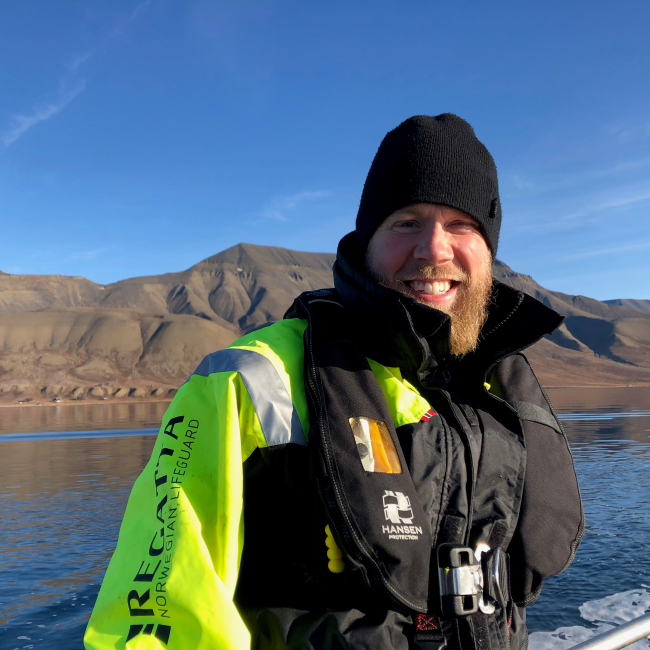Status of Arctic kelp forests around Svalbard
The Arctic and Svalbard in particular is warming at a rate far beyond the global average, leading to a reduction of sea-ice and glacial retreat. Fjords in Svalbard represent model systems to study climate change induced ecosystem transitions, as they are characterized by a diverse range of cryosphere loss and seasonal patterns in sea-surface temperature, cloudiness, sea-ice and glacial influence. Therefore, different Svalbard fjords represent different stages of the “future Arctic” and their comparison allows conclusions to be drawn about Arctic ecosystem transitions. Habitat forming large brown seaweeds (kelps) dominate many Arctic rocky shore coastlines and act as ecosystem engineers, structuring benthic and pelagic species communities. While the decrease of sea ice is discussed to enhance their distribution and productivity, low light conditions in sediment plumes might also contradict this development. However, there is little information about the actual kelp forest distribution around Svalbard.
More detailed insights in the underwater light climate in fjords all around Svalbard will contribute to the knowledge about future Arctic kelp forest distribution, extension ranges and possible refugia. Therefore, Sarina Niedzwiedz from University of Bremen and Sebastian Andersen from The University Centre of Svalbard (UNIS) joined a circum-Svalbard Hurtigruten Expeditions cruise on MS Spitsbergen in early August 2022 with the aim to measure the abiotic parameters of the water column (e.g., temperature, salinity, light) and sample kelps in as many fjords as possible to analyse their biochemical status. This will allow a better understanding of the actual kelp distribution and status around Svalbard.
This project is part of the project “Cruise#Science”, a cooperation between Hurtigruten Expeditions and UNIS, which was coordinated by Børge Damsgård and Anna Vader.








FACE-IT Scientists:
Sarina NIEDZWIEDZ
Marine Botany, University of Bremen, Germany
Sarina’s FACE-IT Projects
Role in FACE-IT:
• PhD student "Ecosystem Function Changes"
ANna VADER
University Centre in Svalbard (UNIS), Longyearbyen, Norway
Anna’s FACE-IT Projects
Role in FACE-IT:
• Researcher "Biodiversity Changes"




